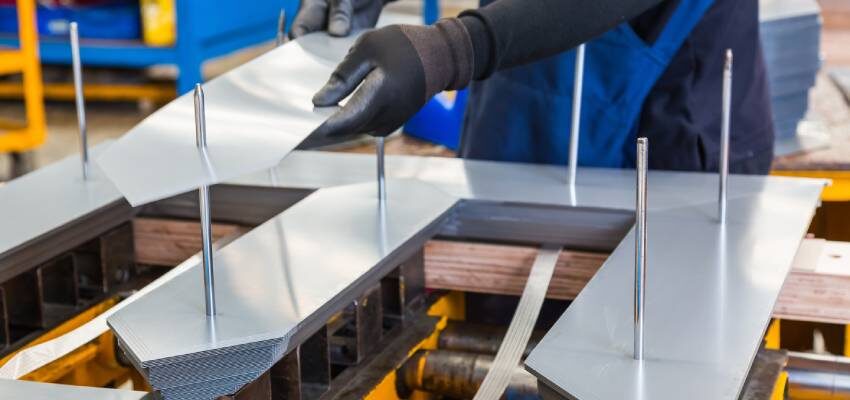ENG – Introduction to transformers – e-lesson #3: The magnetic circuit

Hosted by: Orlando Giraldo / Intermediate level
This lesson provided an overview of the magnetic core in transformers. Magnetic cores are essential for providing a path for the magnetic flux generated by the windings. The materials used for transformer cores, such as grain-oriented electrical steel, have high permeability which allows them to efficiently conduct magnetic flux with low losses. The lesson explained the concepts of magnetic field intensity (H) and flux density (B), and how they relate through the material's permeability. Ferromagnetic materials like those used in transformer cores exhibit non-linear B-H curves and hysteresis effects, which can lead to core losses. Amorphous metals are an emerging core material that offer significantly reduced core losses compared to traditional steels, though they have some manufacturing challenges. The lesson also covered the different core construction methods, including stacked and wound cores, as well as shell-type versus core-type transformer designs.
Register for the third lesson of the Introduction to transformers course by Mr Orlando Giraldo, and also the first one to be hosted on the Intermediate level.
Here you can save your seat:
Unauthorized message
In this lesson you will learn the following:
• The magnetic core
• Ferromagnetic materials used in transformer core manufacturing
• Magnetization and hysteresis curve
• Fundamental equation of transformers. Considerations.
• Design and construction of the transformer core
• Types of cores for distribution and power transformers
• Machinery to manufacture cores for distribution and power transformers
• Noise, magnetostriction, resonance
• Core losses (eddy losses and hysteresis losses) and separation method. Numerical examples.
• No load losses test in transformers. Circuit considerations.
• Procedure to calculate core losses for wound cores and for stacked cores. Numerical examples.
About the author

Orlando Giraldo
Orlando Giraldo has acquired the title of electrical engineer from the Technological University of Pereira, Colombia, and finance specialist from the EAFIT University. He has worked for over 46 years of at different positions in the transformer-related areas in ABB (13 years), SIEMENS (14 years) and THE HJ FAMILY OF COMPANIES
(the last 21+ years) on: design, production, tests, sales, etc., of transformers and components. He has also completed multiple training visits to transformer and component plants around the world. Mr. Giraldo is a specialist in transformer production, componentsand protection. For the last two years, he has been working as senior consulting engineer of THE H-J FAMILY OF COMPANIES and teacher of Transformer course in the Technological University of Pereira.





